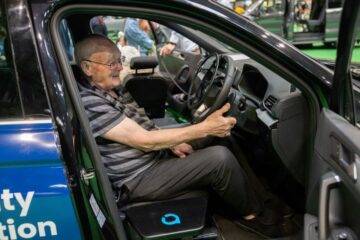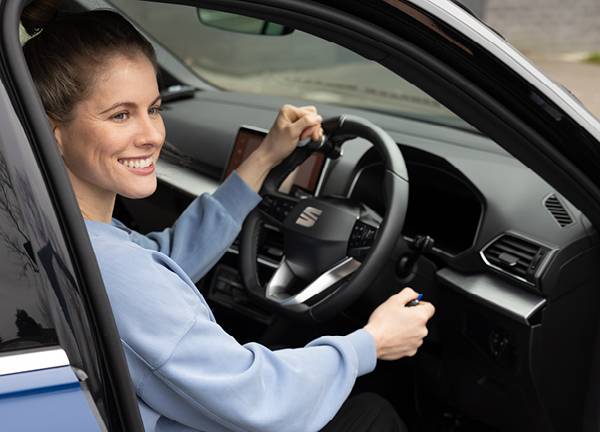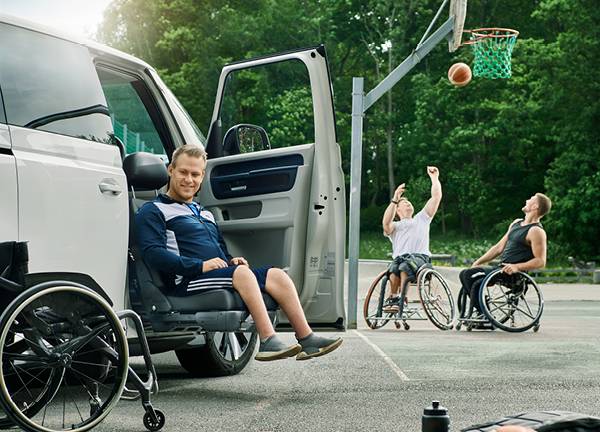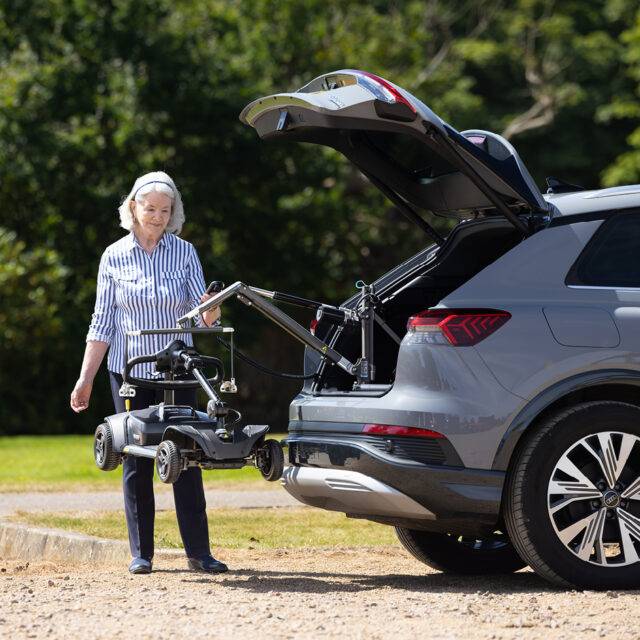Driving After a Stroke
Recovering from a stroke can bring many changes, but with the right support and guidance, getting back behind the wheel is possible—this guide will help you understand the steps, assessments, and adaptations involved in driving after a stroke.
Can You Drive After a Stroke? Legal Obligations & Safety Guidelines
Driving imparts a sense of independence and the possibility of returning to the wheel post-stroke often represents an important marker on the journey to recovery. However, driving after a stroke involves legal obligations and careful consideration of the changes the stroke may have imposed on your physical, cognitive and sensory abilities.
What are the rules for DVLA after a stroke?
To ensure not only yours, but other road users’ safety, following a stroke, you can’t drive for a month if you hold a car or motorcycle licence. After this period, you need to seek medical approval from either a doctor or healthcare professional, they may tell you at this stage that you are safe and able to drive again. However if you experience any of the following after one month, or you were not considered safe to drive yet by a doctor, then you must inform the DVLA:
- weakness in your arms or legs
- problems with your eyesight – for example visual field loss or double vision
- problems with balance, memory or understanding
- you have had any type of seizure
- you needed brain surgery as part of your stroke treatment
- your doctor thinks you may not be safe to drive
Non-compliance with this requirement can lead to prosecution. Once informed, the DVLA or DVA will carry out an investigation to assess your fitness to drive. This process can encompass medical checks, eye tests and, in some instances, a driving assessment. These steps are vital to ensure that any stroke-induced impairments do not jeopardise your safety or the safety of others on the road.
For those with a bus, coach or lorry driver licence, you must tell the DVLA straight away and stop driving for at least one year. For more guidance on the legal process if you do hold the bus, coach or lorry driver licence, we recommend viewing the DVLA stroke guidelines.
Do you have to tell your car insurance if you have a stroke?
Even if you don’t need to inform the DVLA as per the requirements above, you must tell your motor insurance company about your stroke, or your insurance may be invalid. Driving without valid insurance can lead to a fine or a driving ban.
Does car insurance go up after a stroke?
If your doctor says you’re safe to drive, many insurers won’t raise your premium. That said, some providers might see a recent stroke as a higher risk, which could lead to increased costs.
You might be asked to provide proof that you’re fit to drive — either a note from your GP or a DVLA medical report.
How a Stroke May Affect Your Driving Abilities
Driving is a complex task using and multi-tasking many different skills, all of which may be affected by a stroke. All drivers must be able to:
- Control the vehicle safely
- Respond to the road, traffic and other external cues
- Remember and follow the rules of the road
A stroke can affect each person differently, but some of the common side effects can include:
Vision problems such as the ability to see clearly in front of you as well as your peripheral vision, read and understand road signs.
Perceptual, concentration and memory difficulties. This means the overall ability to be aware of things around you like oncoming traffic and pedestrians, judging safe travelling distances, ability to switch attention between different things, process situations and react quickly, as well as remembering the road rules.
Hand and arm weakness which reduces the physical control you have on the steering wheel and vehicle controls.
Foot and leg weakness which reduces the physical control to operate the foot pedals or move from one pedal to the other.
Building Confidence to Return to Driving After a Stroke
There is plenty of support and resources available to give you specific advice about getting back on the road again.

The Value of Driving Assessments
Following appropriate advice from DVLA and medical professionals, it’s highly recommended to have a driving assessment. Driving assessment centres offer a comprehensive evaluation of your current driving skills. They are not like a standard driving test. Instead, they focus on identifying any necessary adaptations that might facilitate safe driving after a stroke. These evaluations can be instrumental in pinpointing areas where further rehabilitation is required.
Assessments examine a range of skills, from physical coordination to cognitive abilities, to evaluate whether you can safely operate a vehicle. They also provide recommendations for additional driving aids , if necessary, to enable you to compensate for any limitations resulting from the stroke. Find your local centre though Driving Mobility for further details and to arrange yours.
Vehicle Adaptations for Increased Accessibility and Control
Following your driving assessment, you can contact a vehicle adaptation specialist to select and purchase the exact driving adaptations you require and get them installed in your car.
This can include driving aids such as hand controls which transfer the function of acceleration and braking from foot pedals to your hands. Steering aids to enable safe one-handed steering or easy operation of secondary controls such as indicators, lights and horns, all from one device. Or a left foot accelerator so you are able to accelerate and brake from your left foot.
Your vehicle adaptations specialist will also be able to explore other adaptations which may help additional aspects of your car journeys such as solutions to help you get seated with ease, or if you’re using a mobility scooter or wheelchair and need to be able to take it with you.
It’s also important to note that there are a range of vehicle adaptations to help you as a passenger post-stroke. If your stroke has impacted your mobility, you may now find it difficult to get in and out of a car. Adaptations such as transfer plates and swivel seats support a safe and easy transfer. Additionally, if you now use a mobility device, it may be worth exploring options such as a boot hoist. These will allow you to easily lift and load your device into the back of a car by using a remote control.

Driving aids
Regain and retain your independence with our range of driving solutions, including hand controls, pedal adaptations, remote control devices, steering…

Easy vehicle access
Drivers and passengers with reduced mobility can be seated with ease from a wheelchair or scooter by making use of…

Loading and stowage
Make easy work of loading and unloading a wheelchair, mobility scooter or powerchair into your vehicle. All at the touch…
Community Support and Peer to Peer Advice
Seeking community and support from fellow stroke survivors can be a vital part of the recovery journey. Connecting with others who understand the emotional, physical, and mental challenges of life after stroke provides not only comfort but also shared knowledge, encouragement, and motivation.
There are several organisations and charities which offer valuable resources and community connections:
- Stroke Association, which provides local support groups, helplines, and recovery services
- Different Strokes, a charity focused on younger stroke survivors
- Chest Heart & Stroke Scotland, which offers tailored support across Scotland
The Journey Ahead
The process of resuming driving after a stroke requires a multi-faceted approach that includes medical assessments, potential driver rehabilitation and, above all, patience and persistence.
With the right support and resources, stroke survivors can make a successful return to the road, reclaiming your independence and enhancing your quality of life.
Get in touch with our team
Let’s discuss your vehicle adaptation needs and see how we can help you return to driving safely and confidently.